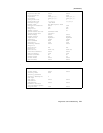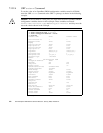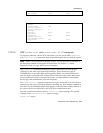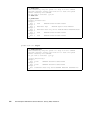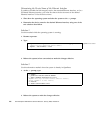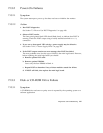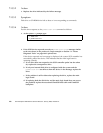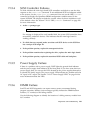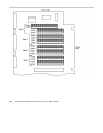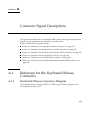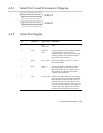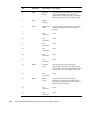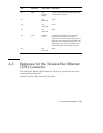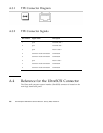
7.13.4 SCSI Controller Failures
To check whether the main logic board SCSI controllers are defective, test the drive
response to the probe-scsi command. To test additional SCSI host adapters added
to the system, use the probe-scsi-all command. You can use the OBP printenv
command to display the OpenBoot PROM configuration variables stored in the
system NVRAM. The display includes the current values for these variables as well
as the default values. See Section 7.12.2.3 “OBP printenv Command” on page 220
for more information.
1. At the ok prompt, type:
ok probe-scsi
If a message is displayed for each installed disk, the system SCSI controllers have
successfully probed the devices. This indicates that the main logic board is
working correctly.
2. If a disk does not respond, make sure that each SCSI device on the SCSI bus
has a unique SCSI target ID.
3. If the problem persists, replace the unresponsive drive.
4. If the problem remains after replacing the drive, replace the main logic board.
5. If the problem persists, replace the associated SCSI cable and backplane.
7.13.5 Power Supply Failure
If there is a problem with a power supply, POST lights the general fault indicator
and the power supply fault indicator on the front panel. If you have more than one
power supply, then you can use the LEDs located on the power supplies themselves
to identify the faulty supply. The power supply LEDs indicate any problem with the
AC input or DC output. See Section 7.12.1.3 “Power Supply LEDs” on page 214 for
more information about the LEDs.
7.13.6 DIMM Failure
SunVTS and POST diagnostics can report memory errors encountered during
program execution. Memory error messages typically indicate the DIMM location
number (“U” number) of the failing module.
Use the following diagram to identify the location of a failing memory module from
its U number.
Diagnostics and Troubleshooting 229



